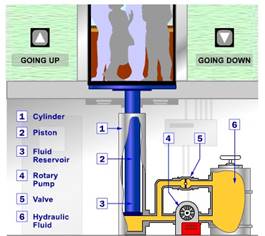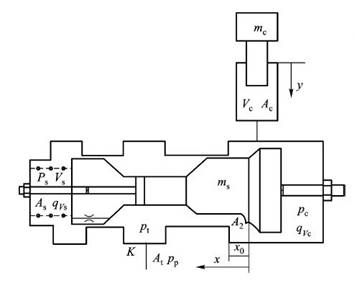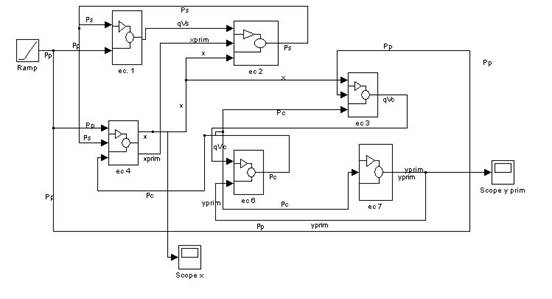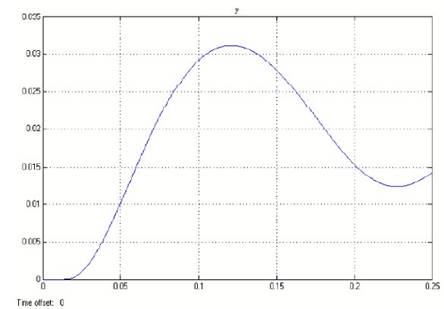The concept of an elevator is incredibly simple -- it's just a compartment attached to a lifting system. There are two major elevator designs in common use today: hydraulic elevators and roped elevators. Hydraulic elevator systems lift a car using a hydraulic ram, a fluid-driven piston mounted inside a cylinder. You can see how this system works in the diagram below.

Figure 1: Hydraulic system elevator
The cylinder is connected to a fluid-pumping system (typically, hydraulic systems like this use oil, but other incompressible fluids would also work). The hydraulic system has three parts:
The pump forces fluid from the tank into a pipe leading to the cylinder. When the valve is opened, the pressurized fluid will take the path of least resistance and return to the fluid reservoir. But when the valve is closed, the pressurized fluid has nowhere to go except into the cylinder. As the fluid collects in the cylinder, it pushes the piston up, lifting the elevator car.
In the hydraulic elevator is used the pipe rupture valve for automatic change of the flow rate. This is installed near the entrance in the hydraulic cylinder. In ordinary conditions this has no effect, but in case of accidents when the elevator fall quickly, the flow rate through the pipe rupture valve grow up. When the pressure value of failure excel the initial value, the valve shut off quickly and the lift stop from the falling, guarantee the safety of passengers. After the damage is eliminated, the force through the pump and the spring force act together for open valve and make that the system works normally.
The rupture valve model is mainly applied in the elevator hydraulic system; so that the dynamical characteristics of the hydraulic system must be take in consideration, and the factors which effects are insignificant will be neglect during the simulation model. The simulation principle of the rupture valve is presented in the figure 2; this model presents the application of the rupture valve in the elevator hydraulic system.

Figure 2: Diagram of rupture valve of hydraulic elevator
The analogical networks of numerical simulation attached to these equations are according with the null initial conditions and can describe transitional phenomena of general amplitude. The hydraulic lift system is presented in the network form figure 3, which contains six parts corresponding to the six equations describing the mathematic model.

Figure 3: Simulation of hydraulic elevator system
The movement of the hydraulic elevator is presented in figure 4

Figure 4: The evolution of the hydraulic elevator movement.
Refereneces
Source: http://aspeckt.unitbv.ro/jspui/bitstream/123456789/1430/1/florea143-158.doc
Web site to visit: http://aspeckt.unitbv.ro
Author of the text: indicated on the source document of the above text
If you are the author of the text above and you not agree to share your knowledge for teaching, research, scholarship (for fair use as indicated in the United States copyrigh low) please send us an e-mail and we will remove your text quickly. Fair use is a limitation and exception to the exclusive right granted by copyright law to the author of a creative work. In United States copyright law, fair use is a doctrine that permits limited use of copyrighted material without acquiring permission from the rights holders. Examples of fair use include commentary, search engines, criticism, news reporting, research, teaching, library archiving and scholarship. It provides for the legal, unlicensed citation or incorporation of copyrighted material in another author's work under a four-factor balancing test. (source: http://en.wikipedia.org/wiki/Fair_use)
The information of medicine and health contained in the site are of a general nature and purpose which is purely informative and for this reason may not replace in any case, the council of a doctor or a qualified entity legally to the profession.
The texts are the property of their respective authors and we thank them for giving us the opportunity to share for free to students, teachers and users of the Web their texts will used only for illustrative educational and scientific purposes only.
All the information in our site are given for nonprofit educational purposes